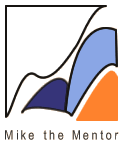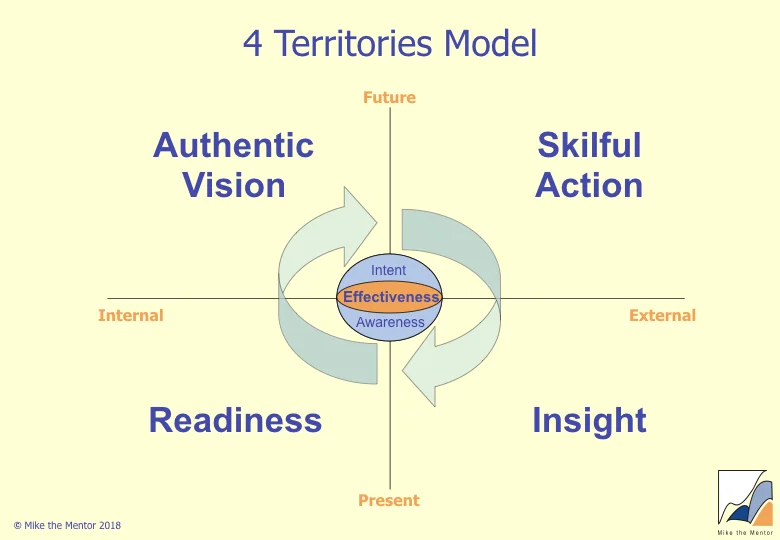The Creative Process
/I first came across this model over 20 years ago, and have regularly used it since to facilitate my own creative process and that of my clients.
Creativity is often seen as being only about the moment of insight or inspiration when the answer comes to us. What this model recognises is that creativity is a process in which insight is but one of the stages. There are five main stages:
Preparation is concerned with analysing the task, gathering data, looking for patterns, trying out ideas, and questioning assumptions. It’s where we bring to light everything we already know about the situation and gather all the resources we can. Sometimes this will be enough to solve the problem but often it won’t be and then we will start to feel increasingly frustrated.
It is easy to experience this Frustration as a sign of failure and lack of ability. But in fact it indicates precisely the opposite. It is a signal that our habitual ways of thinking about the problem are breaking down and that creativity is becoming possible. To be creative, by definition we need to get beyond our current beliefs and mind sets, to explore new territories, and to bring what is outside of our consciousness into our awareness. But our rational mind wants to stay with what it knows and tries to hold us back from moving into the unknown, the only place we can be creative! This feeling of frustration is actually the feeling of our conscious mind recognising that it doesn't know the answer and beginning to let go control to our unconscious mind.
Incubation is the time when we give up trying, put our conscious problem solving on hold, and handover to the unconscious mind. We do this by sleeping on the problem, by doing the washing up, by staring out of the train window, by having a bath or just by getting on with something else that needs to be done. What I usually do is spend a couple of hours walking along the Malvern Hills.
Having done all the groundwork, we then wait for the moment of Insight - the "Ahaa!" moment when something shifts and we give birth to a new idea, see things in a new way, or create new possibilities. Whilst the insight often appears to have come from nowhere, the creative person knows that it actually occurs as a result of everything that has happened before.
To have an insight is one thing; to turn it into form is quite another. The final stage, Working Out, involves testing the insights and turning them into something in the world.
For more on this model and creativity in general read The Creative Manager by Roger Evans and Peter Russell.
And here is the process mapped onto the quadrant model:


